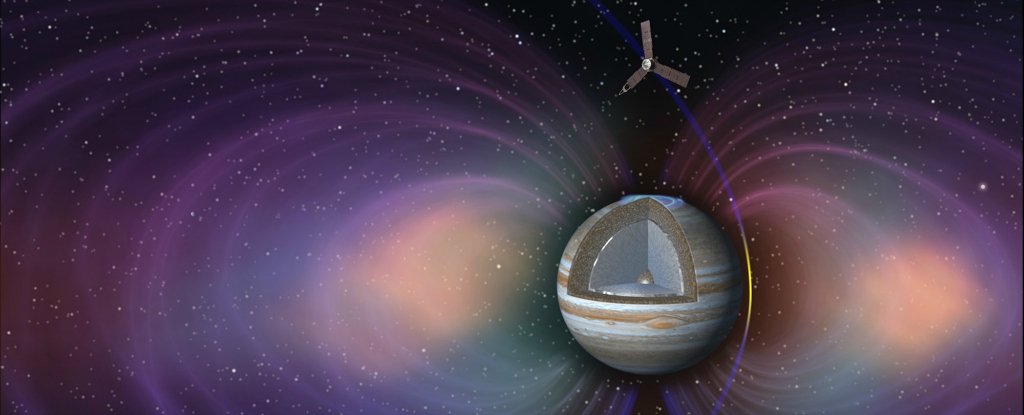

- #Nasa picture of the day juno spacecraft movie
- #Nasa picture of the day juno spacecraft download zip
For the illumination conditions at Jupiter, such short exposures will result in unacceptably low Signal to Noise Ratio (SNR), so the camera provides Time-Delayed-Integration (TDI). JunoCam has four filters: three visible (red/green/blue) and a narrowband "methane" filter centered around 890 nm (not used for the approach movie).įor exposures longer than ~3.2 milliseconds, the spacecraft spin rate will cause more than a pixel's worth of image blurring. At the nominal spin rate of 2 RPM, frames are acquired about every 400 milliseconds. The filter strips are scanned across the target by spacecraft rotation. Each strip extends the entire width of the detector, but only a fraction of its height JunoCam's filter strips are 1600 pixels wide and about 155 rows high. The detector has multiple filter strips, each with a different bandpass, bonded directly to its photoactive surface. Like previous Malin Space Science Systems (MSSS) cameras (e.g., Mars Reconnaissance Orbiter’s Mars Color Imager) JunoCam is a "pushframe" imager.

Because it is quite large, the entire package has been subdivided into 5 ZIPs, each around 500 MB.
#Nasa picture of the day juno spacecraft download zip
This is standard for every JunoCam image.Ĭlick on the links below to download ZIP files containing the raw individual photos captured by JunoCam. The end result is an image that contains each of these frames vertically stacked on top of one another. The stills were acquired in the red, green, and blue spectral bands for each frame. The Juno spacecraft spins at 2 Revolutions Per Minute (RPM) – each JunoCam image spans one entire rotation.
#Nasa picture of the day juno spacecraft movie
The famous Great Red Spot, a storm that has been swirling for centuries, is clearly visible in this last image, acquired at a distance of 5.3 million km on June 29.ĭue to the way each image had to be acquired, each still in this movie is a long strip composed of 82 frames, with each frame measuring 128 pixels tall. At the start of the movie, Jupiter was 13 pixels across in the JunoCam field of view, and 40 pixels across by the end. This image was the last acquired by JunoCam before all the instruments were powered off in preparation for the Jupiter Orbit Insertion burn.


 0 kommentar(er)
0 kommentar(er)
